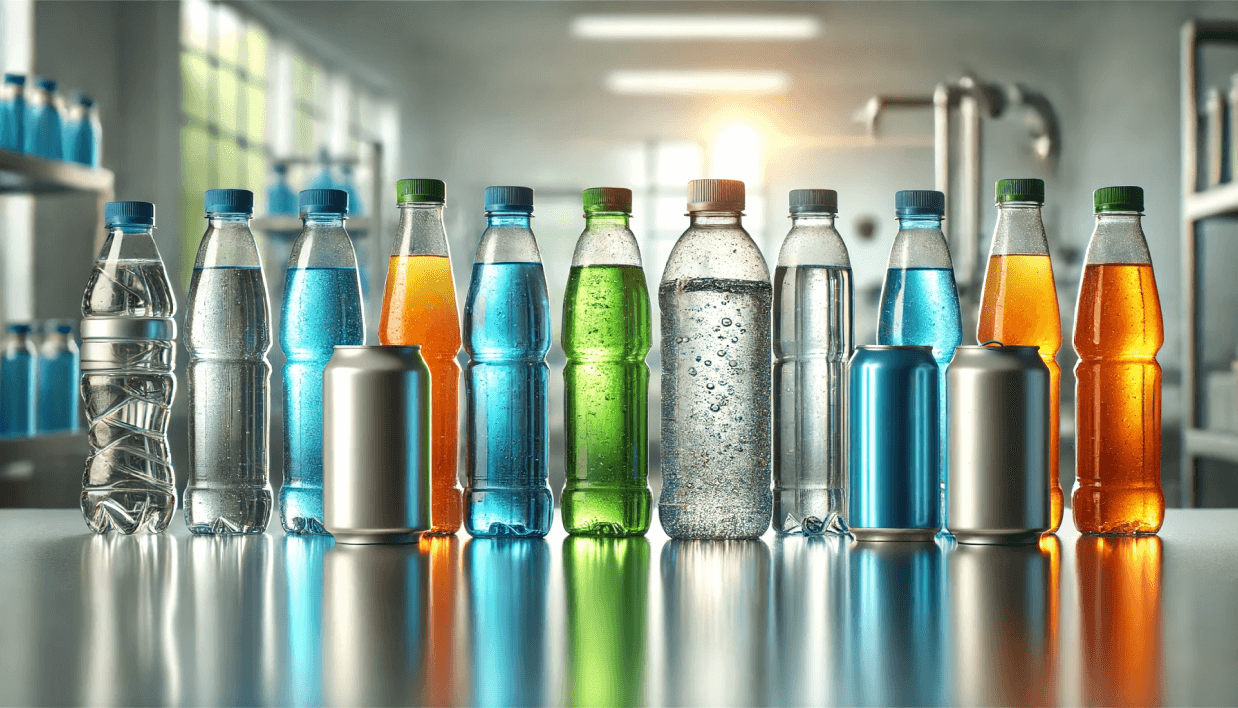Most foods dehydrated in a food dehydrator contain the same vitamins and minerals as their fresh counterparts, with a remarkable array of concentrated flavors, nutrients, and enzymes. “The dehydration process retains almost 100% of the nutritional content of the food, maintains the alkalinity of fresh produce, and inhibits microorganism growth, such as bacteria, says the Energise for Life website.”
Preserving
A dehydrator produces food which is almost the same, but with about 75 percent less moisture. If the moisture remains, the food can deteriorate. It is better to over-dry than to under-dry food when dehydrating. Food must be packed in airtight, moisture-proof jars, bags, or containers after it has been dehydrated. The product should be kept in a cool, dark place, such as a pantry or cupboard. The Department of Nutrition, Dietetics, and Food Science at Brigham Young University says that rice, corn, wheat, and grains that have been properly dehydrated, canned, and stored will last for 30 years or more. The shelf life of dehydrated vegetables, fruits, and pastas is up to 30 years. Milk substitutes or powdered milks can last up to 20 years.
Nutrients
![Best Cheap Food Dehydrator - Inexpensive Affordable Budget Model Reviews & Buying Guide [Upd Aug 2021] - Basenjimom's Kitchen](https://basenjimomskitchen.com/wp-content/uploads/2021/05/best-cheap-food-dehydrator-1-crop.jpg)
Living foods are foods that have not been cooked. Dehydrating food dates back to Biblical times when it was necessary. Modern dehydrators produce thin food materials with their vitamins and minerals intact. Fiber is found in dried vegetables and sprouts, which are naturally low in “high-cholesterol” fats. A little Vitamin C is lost in dehydration, and all Vitamin A–Beta Carotene–in plant foods is retained. Many minerals are preserved, including selenium, potassium, magnesium, and calcium. Many raw food advocates still use dehydrated foods as main food sources due to their high concentrations of nutrients and enzymes, according to the Life 123 website.
Cost-Effective and Convenient
The price of dried foods in a store can be rather high. It is possible to preserve fresh, nutritious foods in your own home using a food dehydrator at a fraction of the cost. Foods dehydrated this way can have a very long shelf life. If you combine dehydrated apples, pineapples, grapes, or cranberries with nuts, you will get a tasty and healthy trail mix. You can make meat jerky from beef, poultry, and pork. Banana chips are an example of what can be made from dehydrating to 3-5 percent moisture content. Dehydrated foods are usually best soaked in distilled water prior to consumption. This enhances the taste by allowing just enough water to seep in. Putting dehydrated food in a steamer is another popular method. The steam plumps it up nicely.




